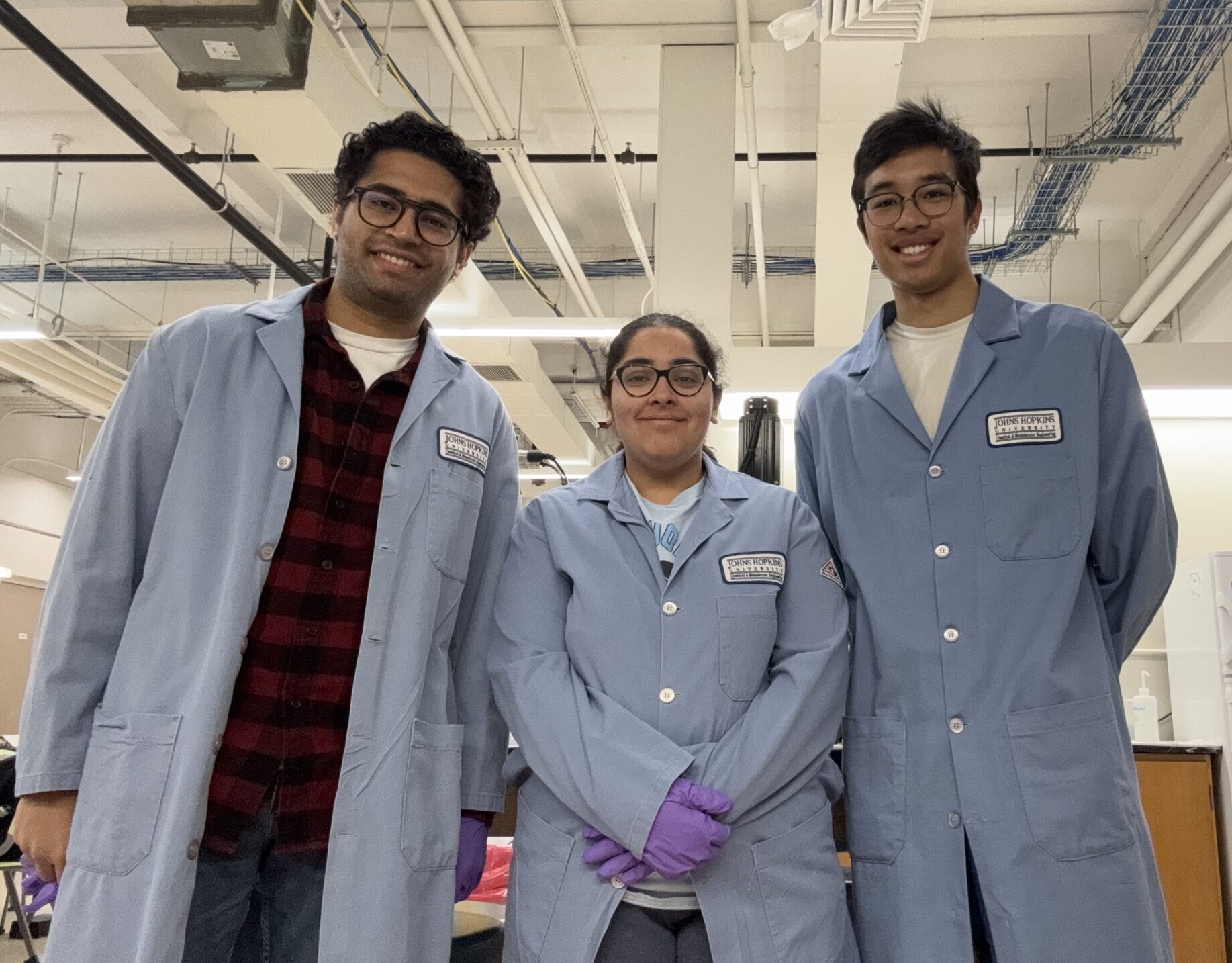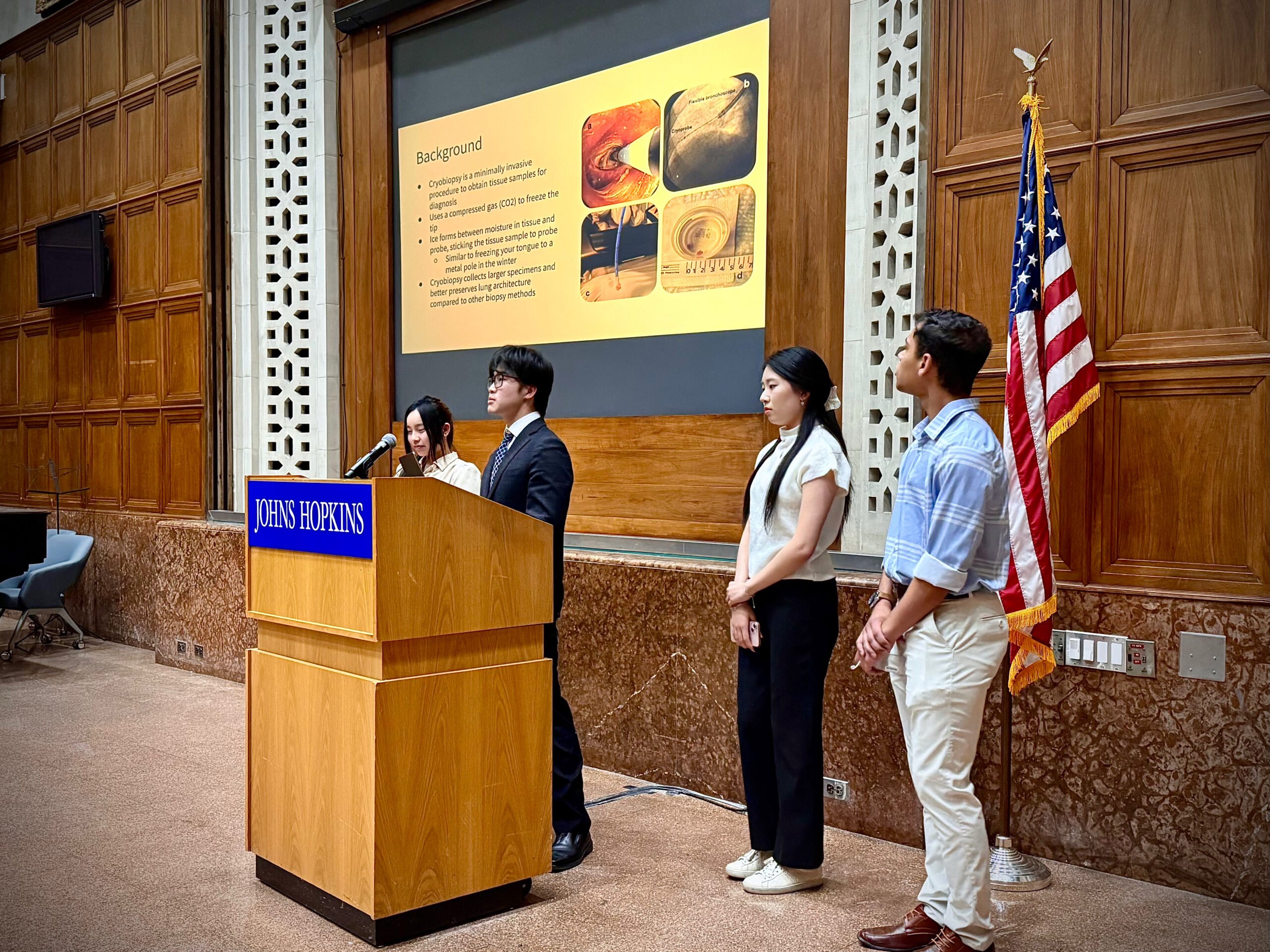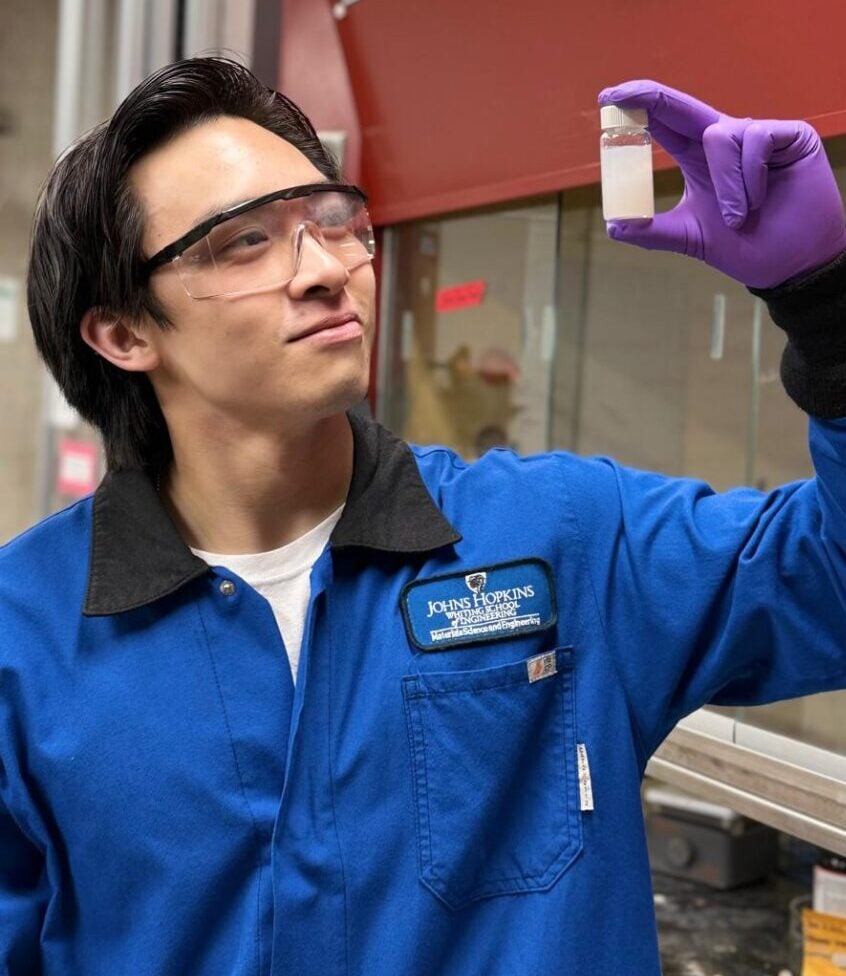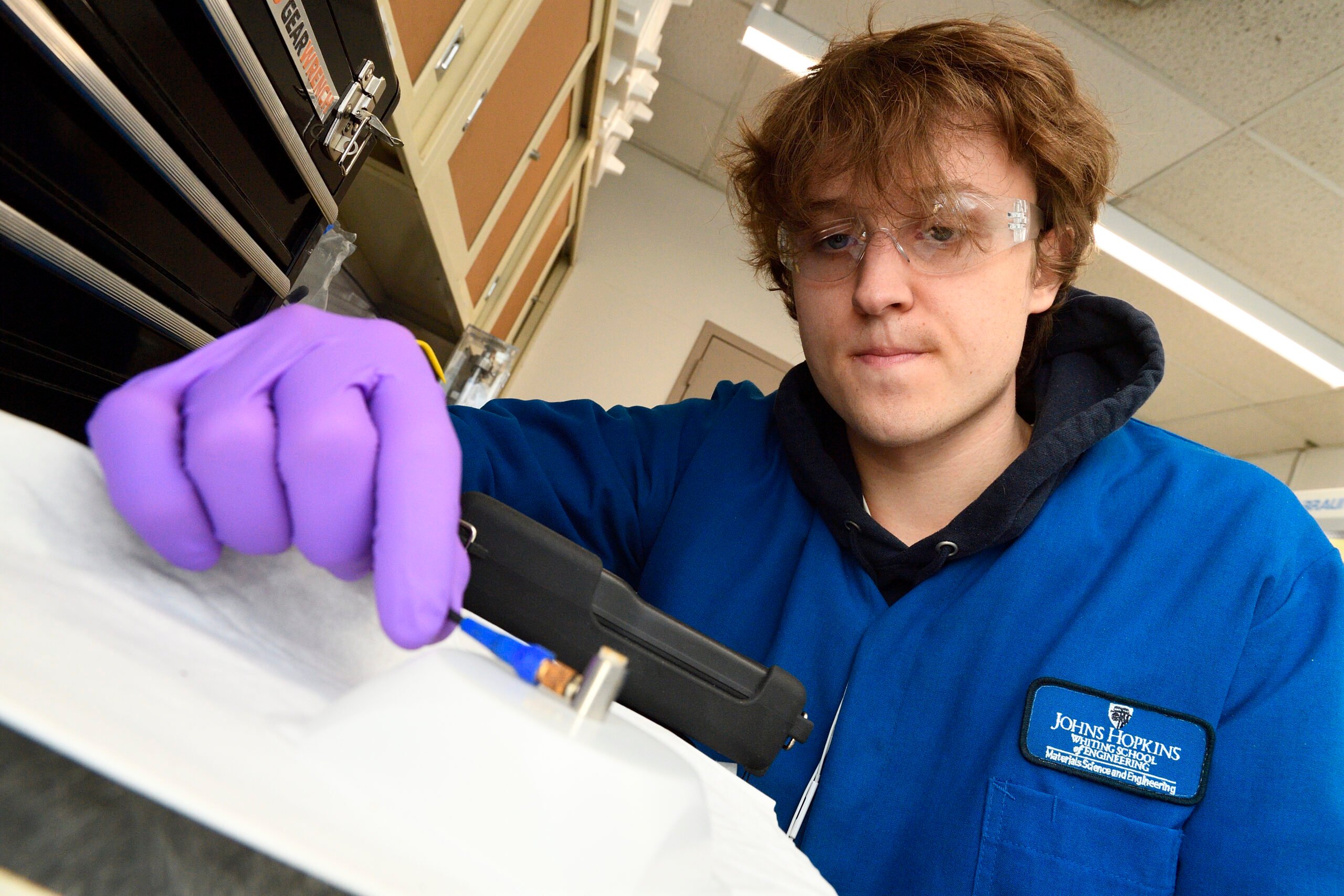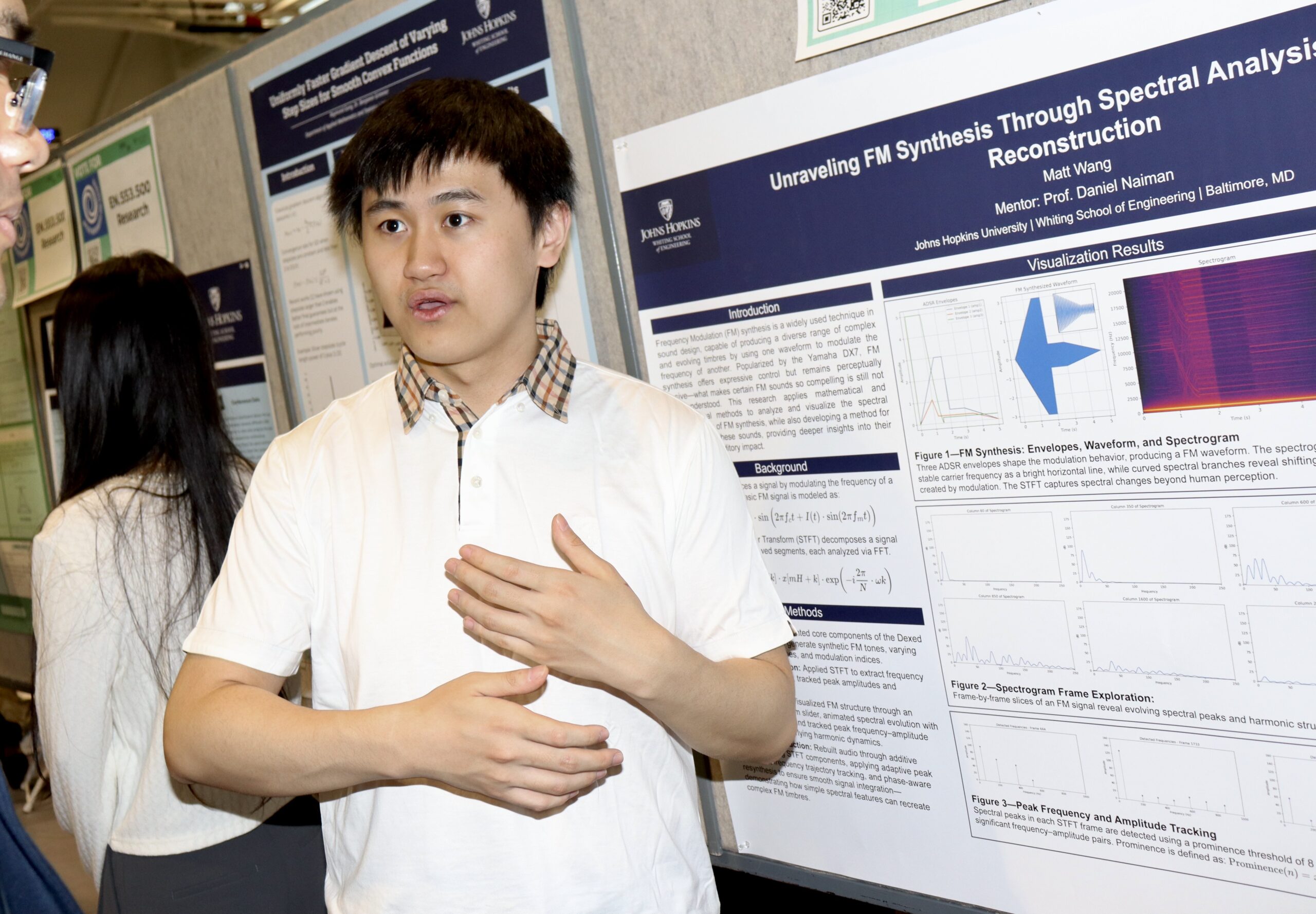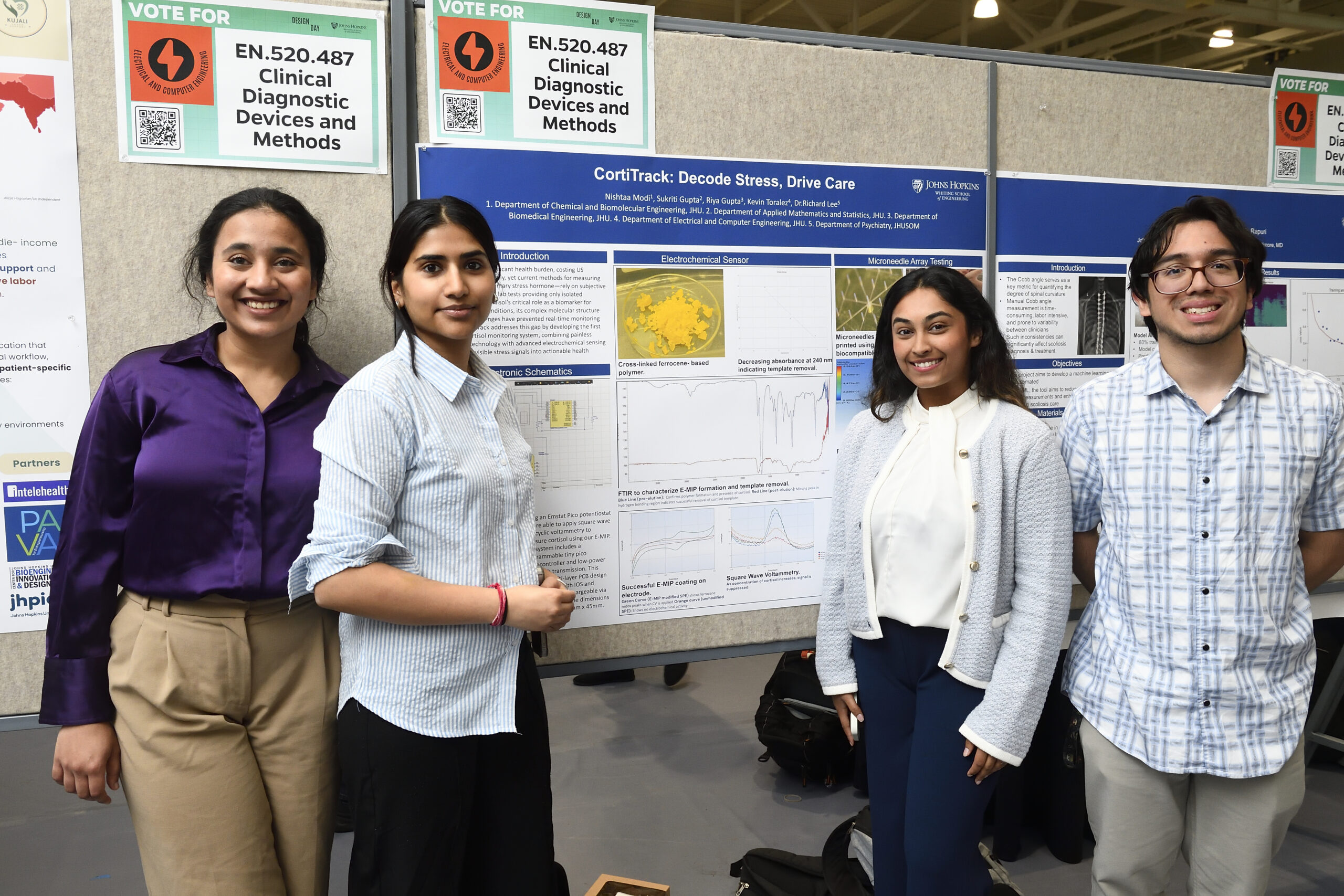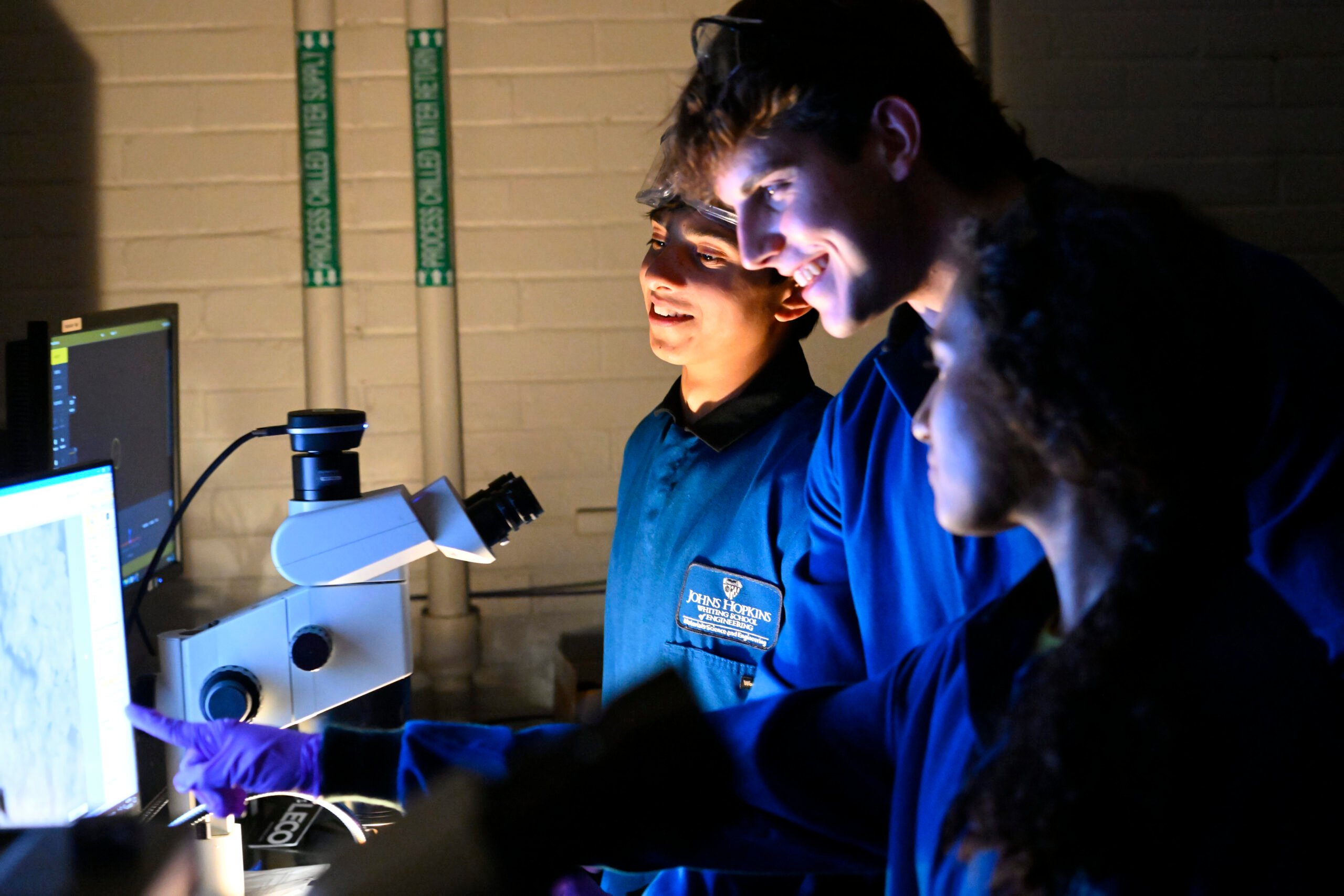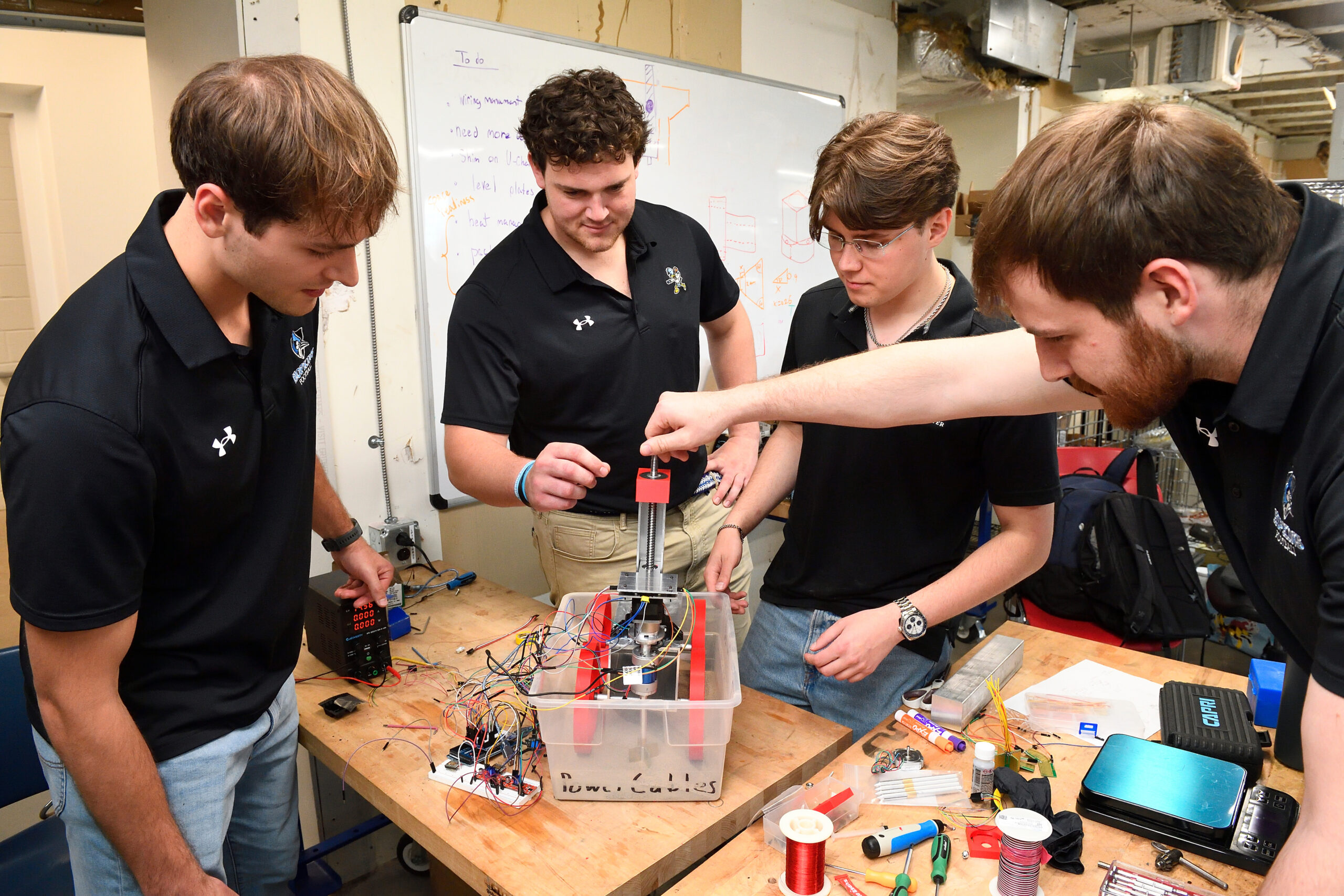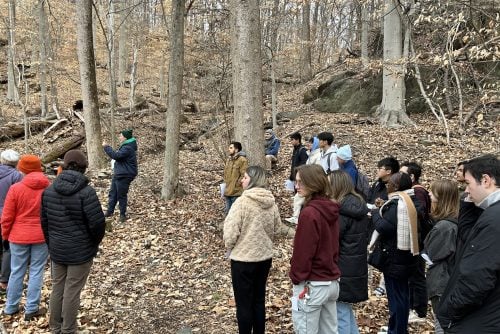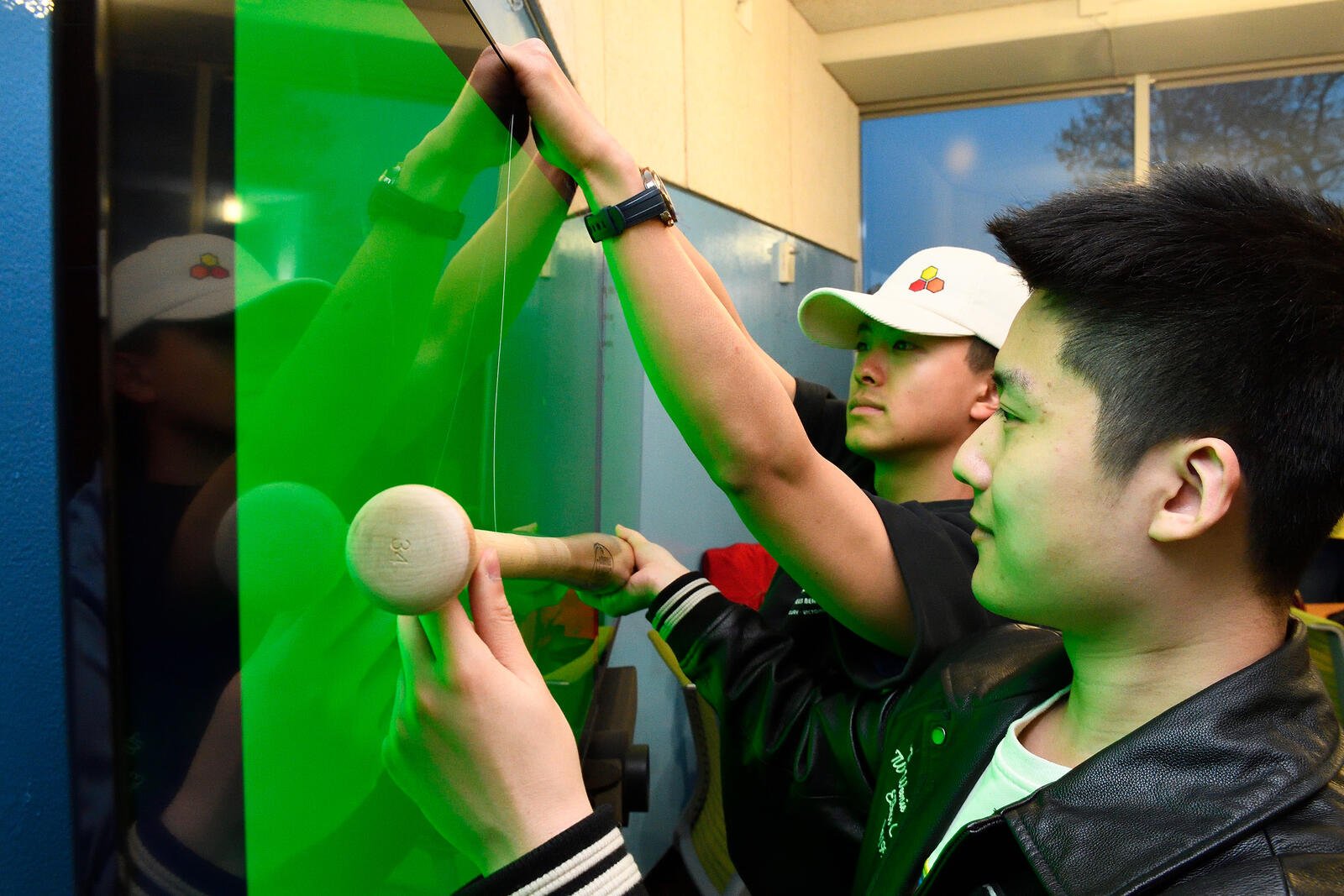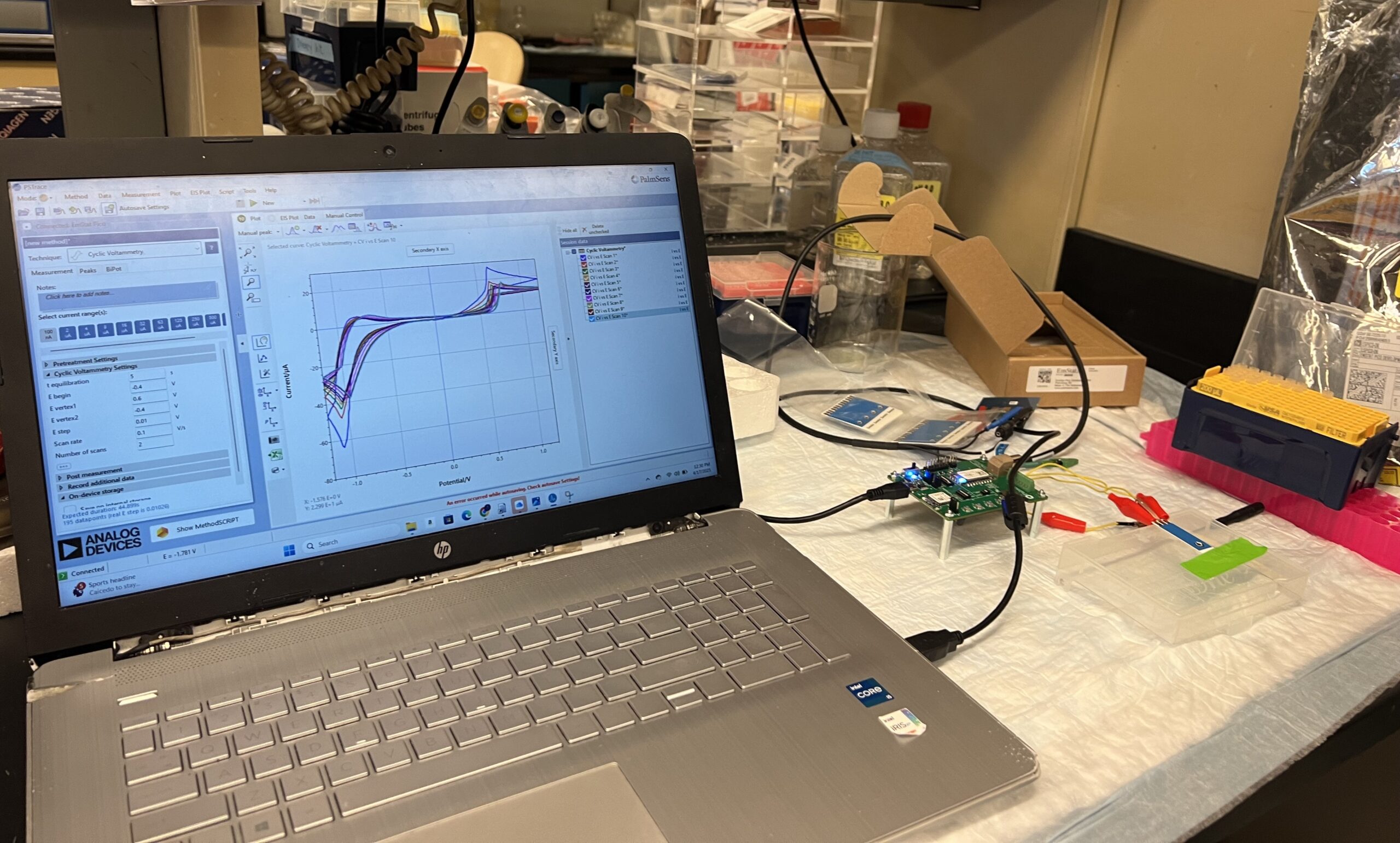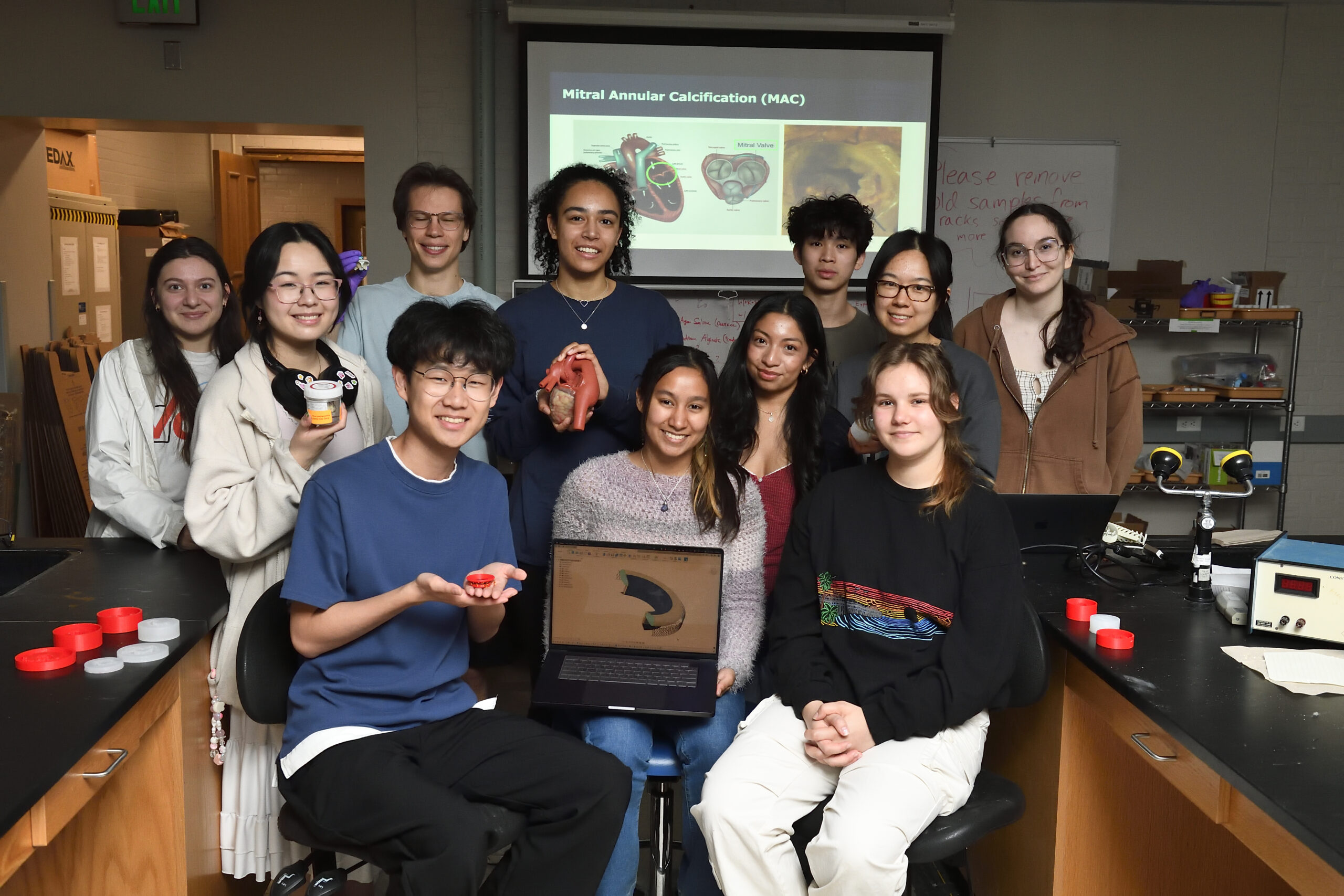News
-
-
Blue Hydrogen from Steelmaking Off-gas: a Techno-economic Feasibility Assessment
Turning steelmaking’s carbon-rich off-gas into blue hydrogen, our team’s integrated process converts ≥97 % of CO to H₂, captures ≥95 % of the CO₂, and recovers heat to generate on-site power—delivering clean fuel and revenue from a single waste stream.
-
CryoExtract Streamling Tissue Retrieval in Lung Cryobiopsy
The CryoExtract Design Team created a low-cost, workflow-friendly device that has proven to significantly improve speed and sample quality in real patient procedures, earning them a recent presentation to executives from the Erbe company that they plan on working with to manufacture the next generation of cryoprobe kits.
-
Design and Optimization of the Separated Interface Nerve Electrode for a Freeform Stimulator in Vestibular Restoration
In collaboration with the Machine Biointerface Lab in the Department of Otolaryngology, the team developed a hydrogel-elastomer based Separated Nerve Interface Electrode (SINE) designed to safely deliver ionic direct current (iDC).
-
Act Fast: Assessing hemorrhagic shock in pediatric patients
Student engineers in the Johns Hopkins Biomedical Engineering Design Team program have invented a new system to detect hemorrhagic shock early in traumatically injured children.
-
NeuroFilm, An implantable Electrospun Substrate for Muscle Stimulation and EMG Recording
NeuroFilm, an implantable electrospun substrate designed for muscle stimulation and EMG recording.
-
Hard-Core Batteries
To make solid-state batteries tougher, a materials science and engineering student is rethinking what goes into the cathode—and how it holds up under pressure
-
Seeing Sound
An engineering student’s project explores the math behind FM synthesis to uncover what makes its tones unique.
-
What If You Could See Your Stress?
Hopkins students develop a small wearable patch for Design Day to monitor cortisol levels and revolutionize stress tracking.
-
PeriAlert device spots early signs of trouble with dental implants
Dental implants are gaining popularity, with the percentage of Americans with implants expected to reach 32% by next year.
-
Reduce, Reuse, Drywall!
Johns Hopkins students team up with a startup to engineer drywall that’s strong, sustainable, and carbon-negative
-
A Stomp Away from Safety
Students Create a Personal Alarm You Wear in Your Shoe
-
Grid Expectations
An engineering student’s project shows how localized energy networks can deliver cheaper, cleaner power to remote communities.
-
A dirty job, but some robot’s got to do it
Senior design team builds device to autonomously test lunar soil
-
Engineering Undergraduates Design Trail Improvements to be Implemented at Gwynns Falls/Leakin Park
As part of a semester-long design course, civil and systems engineering students are working towards a redesign for a failing trail boardwalk in Baltimore’s Gwynns Falls/Leakin Park
-
Back on the gridiron: VR helps athletes safely return to play following concussion
Returning to sports too soon after a concussion or other traumatic brain injury (TBI) can increase the risk of an even more serious injury and long-term brain damage.
-
Johns Hopkins students use computer vision to help Orioles build better bats
As torpedo bats sweep across Major League Baseball, the Baltimore Orioles are partnering with Hopkins engineering students on a high-tech bat optimization project of their own
-
Optimizing Baseball Batting Orders: A Data-Driven Approach to Lineup Efficiency
We built a lineup optimization tool that uses advanced baseball analytics to find the most run-productive batting orders.
-
Minimally Invasive Wearable Device for Real-Time, Continuous Cortisol Monitoring
Smart. Subtle. Helping you take charge of your well-being.
-
Skipping the Stitches
Materials science students engineer a suture-free mitral heart valve designed to reduce surgery time and risks

